Kiss a Kiwi
When Flora challenged me to “kiss a kiwi bird (a photo or it didn’t happen!)”, neither of us realised that kiwis are an endangered species. Furthermore, they are nocturnal, meaning that the likelihood of me seeing one and taking a decent snap, let alone being able to kiss it, was always going to be nigh impossible. That’s if you forget the fact that wild birds are not the most smoochable of beasts: imagine if the challenge had “simply” been to kiss a pigeon. You could walk to Trafalgar Square, where there are billions of the buggers, and unless you’re prepared to dress up like Horatio Nelson and stand still as a statue with a seeded loaf poking out of your gob, your lips aren’t going to get anywhere near them.
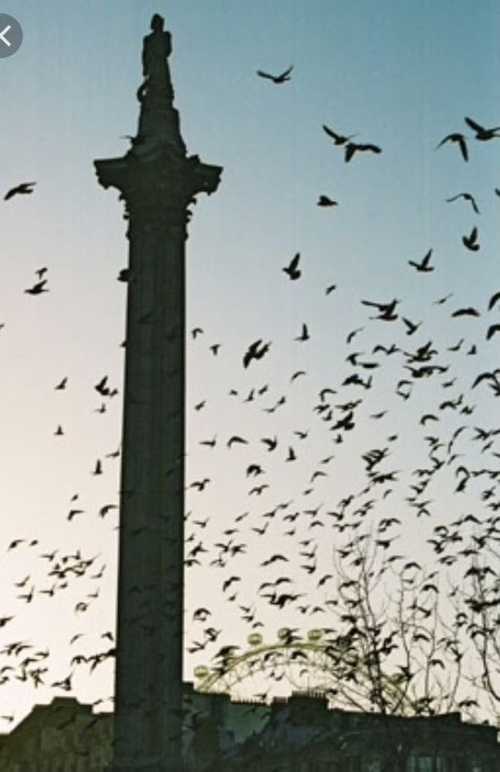
So, you could say this challenge was doomed from the start. Nonetheless, it inspired me to at least try and see a kiwi on my New Zealand travels, even if getting intimate was out of the question.
There are a few ways I could have cheated to achieve this challenge, though I don’t believe that’s in the spirit of our blog. For example, I stayed a week with Owen Williams’ family in Levin, all of whom are from New Zealand and therefore may be considered kiwis. I definitely kissed Owen on the cheek once or twice, and I’m sure he wouldn’t have minded dressing up as a bird to adhere to the exact wording of the challenge.
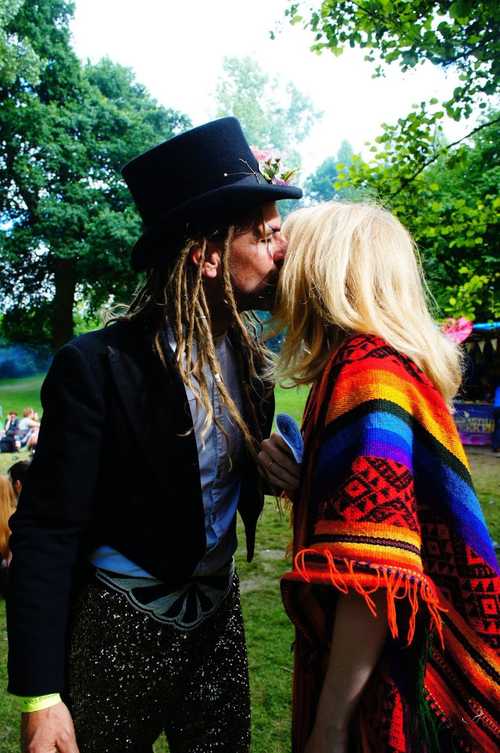
Furthermore, I greeted and said farewell to his mother with a gracious peck on the cheek, but I don’t think Jaki would much appreciate being referred to as a “kiwi bird”. Not only do I consider the term ‘bird’ to be horribly belittling for a woman (especially someone’s mother who has been kind enough to host me for a week), I also don’t believe it shares the same double meaning as it does in the U.K., meaning I would be mixing idioms… and we can’t be having that.
Another possible way of cheating would be to go to a museum and kiss a dead kiwi. Taxidermy, when done well, can be strikingly realistic to the eye but, beyond a soft outer layer of fur and feathers, the stiffness of rigor mortis combined with dried glue and the ridges of upturned stitches means there is something rather unsettling about kissing a stuffed beast. Furthermore, I could have found a toy kiwi and kissed that. Almost opposite to its taxidermic counterpart, this would be soft, cuddly and not at all creepy, but perhaps wouldn’t share its stuffed companion’s uncanny likeness. I’d like to say I was above trying these two methods, but that would be a lie.

So there I was, weighing up whether this challenge was even worth writing up as a “Fail”, when Lucy and I found we were going to be driving past a kiwi sanctuary in Hokitika, on the west coast of New Zealand’s South Island! We had downloaded an app called ‘Campermate’ - invaluable if you ever want to drive around New Zealand or Aus - which gives descriptions, reviews and locations of camping spots and attractions across these countries. We are usually discerning with our choices as we have a lot of ground to cover in 3 weeks but, despite some mediocre to poor reviews of this sanctuary, Lucy was keen to see a kiwi and I thought it would offer a final glimmer of hope for this story. On account of my desperately needing the loo, I paid and rushed in, barely giving the receptionist a chance to explain the layout of the sanctuary. We had arrived at 11:45 and were informed that the giant eels, which also found a home here, would be fed at midday. After my ablutions, I met Lucy by their large tank.
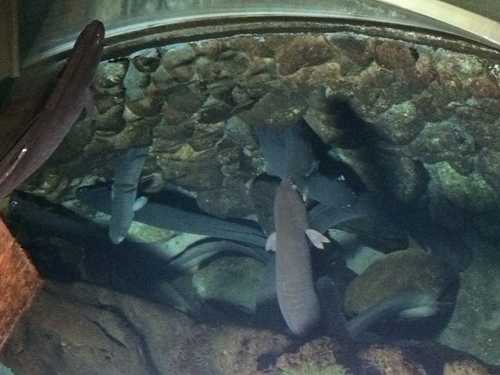
We had already found the sanctuary to be somewhat lacking, both in decor and in live specimens. Indeed - polystyrene duck et al - the number of fake or mounted animals gave the impression of a rundown Madame Tussaud for animals, rather than a sanctuary.
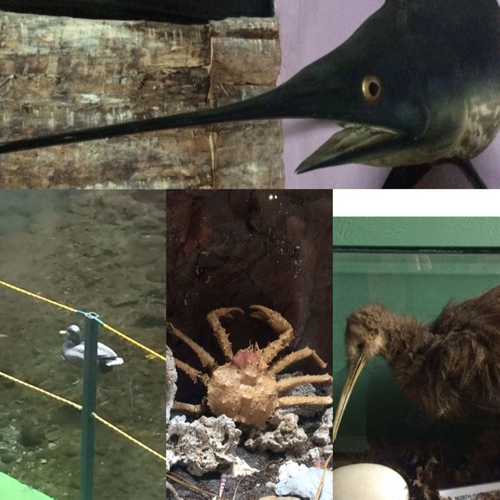
Nonetheless, being able to feed and stroke the great eels was a rare treat. These particular beasts were all 85-110 years old, and female (if all else fails, David Halpern, perhaps this counts as taking my photo with a centenarian?!)
Although I enjoyed feeding the eels, and was initially impressed by their antiquity, they were nowhere near as vivacious as Eddie the eel and pals, whom we had fed at our campsite a few days beforehand.
In fact, these ones were positively immobile by comparison and it took me a moment or two to realise they weren’t simply another set of waxworks in this mausoleum-cum-sanctuary. To feed them, I had to place the beef directly in front of their gaping mouths as otherwise they wouldn’t be able to find it, which led me to believe that they wouldn’t have lasted anywhere near as long in the wild. I’m pretty sure I could live to 110 if I sat still and waited to be fed 3 times a day, though I can’t say I’d particularly enjoy being tickled by strangers at every mealtime.
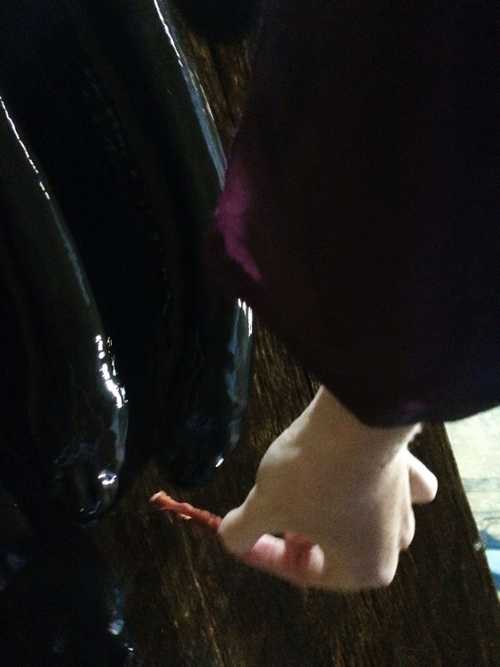
This sense of prolonged existence continued when we left the eel pool to visit the kiwis. Now, don’t get me wrong, kiwis are bizarre and beautiful creatures, more so when you see them up close: you truly get a sense of their unique, iconic status in New Zealand. But, my gosh, they are unsuited to living in the wild. Once our eyes had adjusted to the gloom, we could just about see the outlines of the two rare birds. Already, we were surprised, expecting them to be much smaller. I think we had in mind the smaller, spotted kiwi, but these sizeable fellows were North island browns. As Lucy pointed out, they moved somewhat like a thief in a dated cartoon, trying and failing to sneak around, such was their stooped gait and heavy-footed tip-toeing. I imagine this is one of many reasons predators can hunt them out in the wild. As I - less astutely - pointed out, they were basically just a bum and a beak… but a magnificent, mammalian bum and a wondrous curved beak at that. Imagine a wombat’s arse combined with an anteater’s tongue. Now put it on legs and you basically have a kiwi.
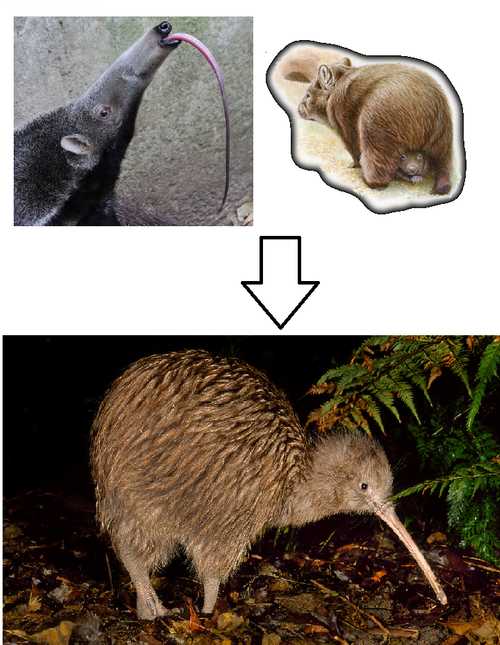
There are many reasons kiwi-numbers have rapidly declined in the wild. Some of these are due to the birds’ nature. For example, a kiwi egg is so large that the female has no room to eat for the final weeks of gestation. When she finally delivers this monster-egg (the equivalent in size to us pushing out a 6-year-old), she is understandably so fed up that she buggers off and leaves the male to care for their chick. He has to leave their nest to forage from time to time, leaving the chick vulnerable to predators. In fact, only 5% of hatched kiwi chicks survive to adulthood.
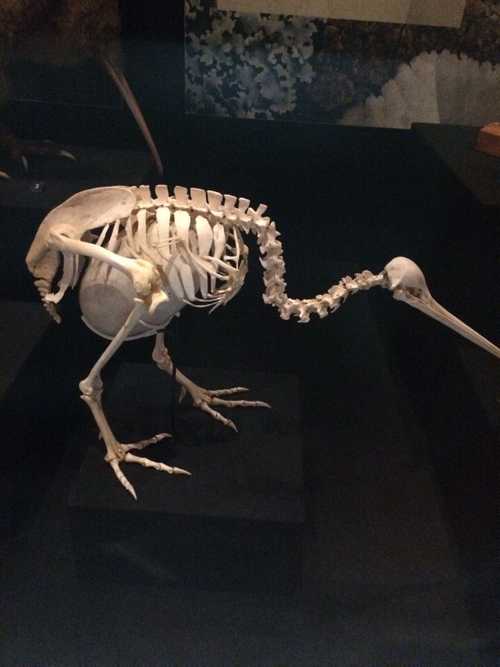
Other reasons for their endangered status are out of their control: New Zealand was once free of all mammals except bats, meaning ground-dwelling birds blossomed. Now they have dogs, cats, stoats; all kinds of beasts trying to get their claws on a waddling, flightless bird (their tiny wings are about as much use as T-Rex arms). For this reason, one must feel very sorry for their declining population.
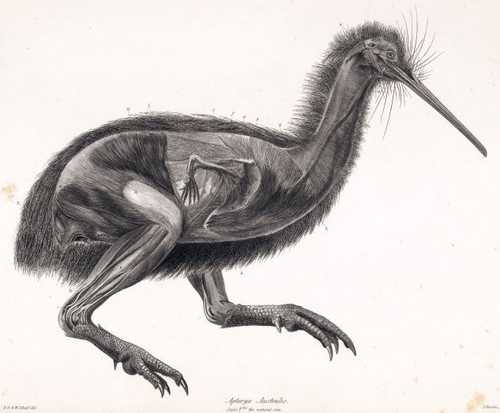
However, one further reason was laid bare when I produced my camera. You see, I had entered the sanctuary in such a rush that the receptionist had not a moment to tell me that cameras were prohibited in the kiwi sanctuary. Just as I was about to snap a photo of the lesser sighted bum’n’beak, a guide rushed over in a panic and chastised me. Seemingly, another tourist had taken a photo in this enclosure, and her flash (which I at least had the foresight to turn off) caused one bird to run straight into a wall in blind panic, killing itself instantly.
Clearly, this is not a bird suited to 21st century living.
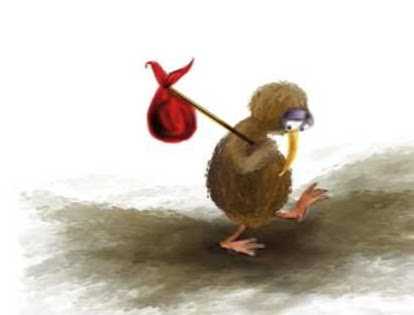
Nonetheless, it must be said that their aptlessness only added to the sense that we had come face-to-face with a rare and other-worldly creature, for which we were profoundly grateful… and when one came peck-peck-pecking at the small gap between the walls of her enclosure, I put my lips to the glass and got exceedingly close to pecking her right back. No photos of this though I’m afraid, Flo… otherwise this story might have had a completely different, rather morbid ending. No doubt the sanctuary would have sent me packing, and the poor kiwi corpse straight off to the local taxidermy.
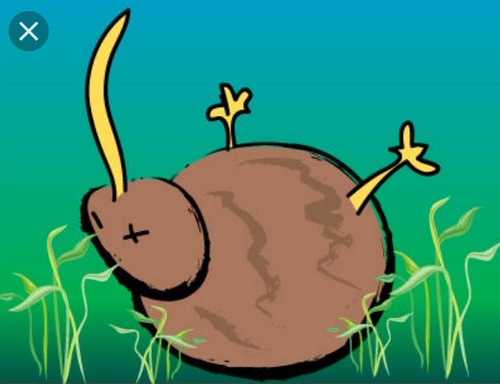
Lucy
Incase anyone is doubting just how close Nat got to kissing the real kiwi, I can stand witness to the fact that she was mere cm’s away! So close and yet so far!
Flora
I love the fact that you tried. <3 I’ll accept the kiwi cuddly toy puppet as a success. After all.. it is a kiwi bird. I did;t say it had to be real or alive… :P xxx
Jonny
We have added a comment feature. Please share your thoughts on this or any other challenge.
- Completed Challenges
- Upcoming Challenges
- Send us a Challenge